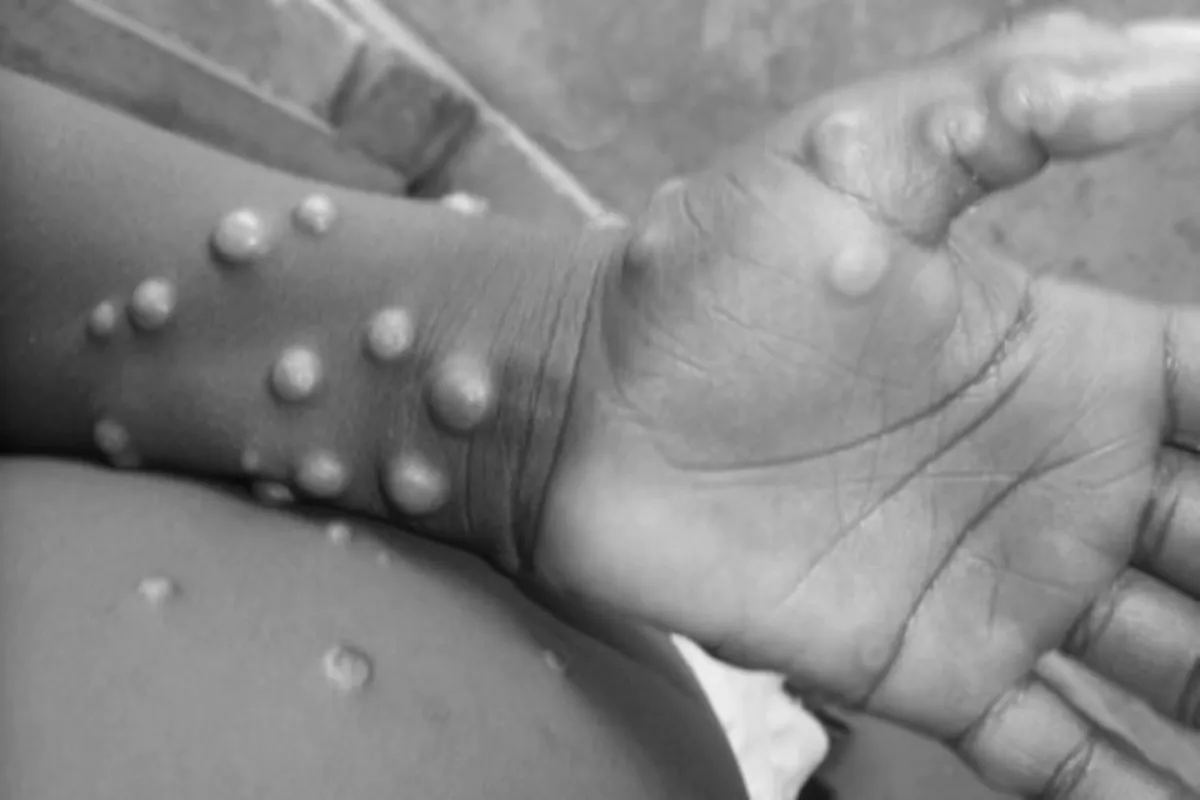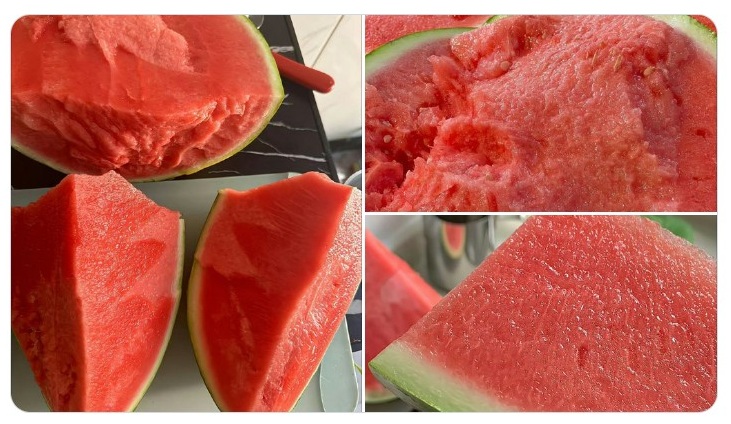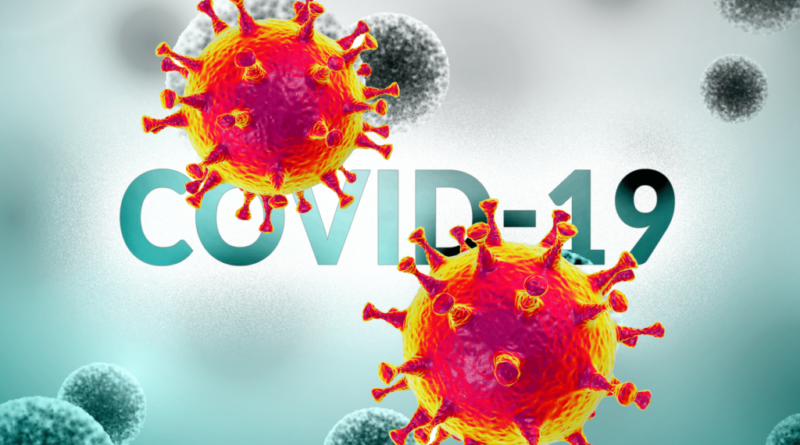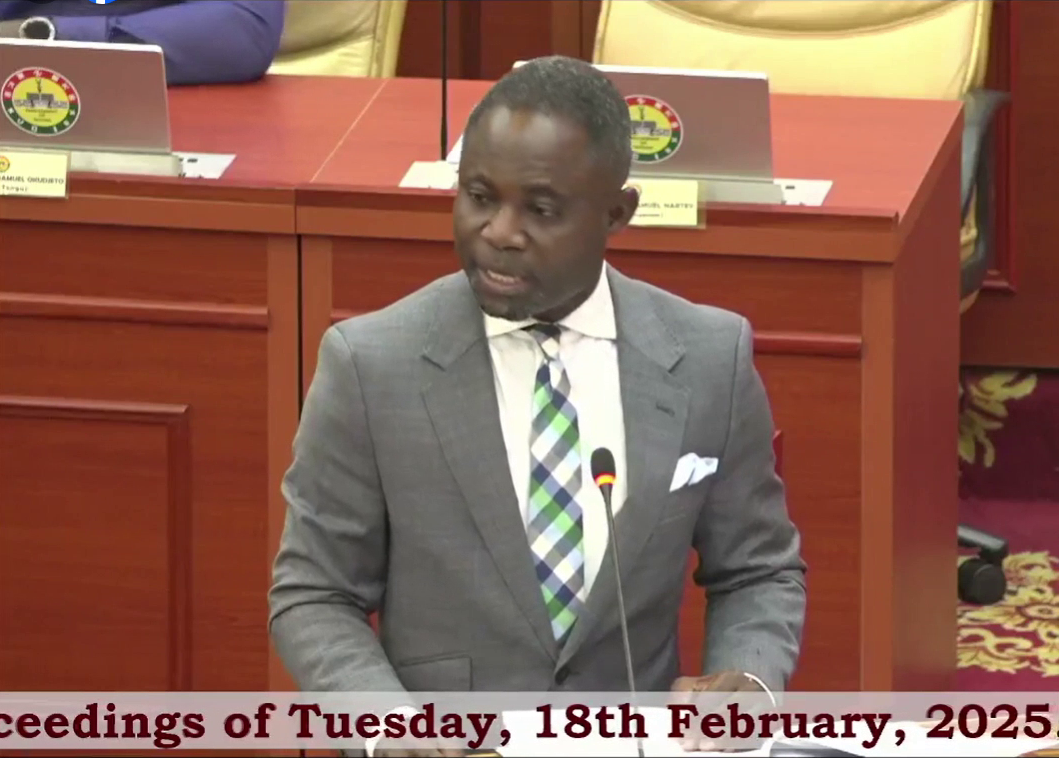Polio or poliomyelitis is a disabling and life-threatening disease caused by the poliovirus that primarily affects children under 5 years of age, spreading from person to person by entering the body through the mouth.
According to the World Health Organization, the virus has an incubation period of 7–10 days but can range from 4–35 days. It also spreads quickly in areas with poor hygiene and sanitation systems and multiplies in the intestine, from where it can invade the nervous system and cause paralysis.
To completely eradicate the poliovirus, the Global Polio Eradication Initiative was launched in 1988 after the World Health Assembly passed a resolution to that effect. Through the initiative, wild poliovirus cases have decreased by over 99% since 1988, from an estimated 350 000 cases in more than 125 endemic countries to 175 reported cases in 2019.
Types of the virus
There are three strains of wild poliovirus include type 1, type 2, and type 3.
According to the WHO, the wild poliovirus type-2 was eradicated in 1999, and no case of wild poliovirus type 3 has been found since the last reported case in Nigeria in November 2012.
However, after a decade of being polio-free, in 2019, Ghana reported an outbreak of circulating vaccine-derived poliovirus type 2 (cVDPV2). Also, in 2020, Pakistan and Afghanistan recorded outbreaks of the wild poliovirus type 1.
Symptoms of Poliovirus
“Up to 90% of those infected experience no or mild symptoms, and the disease usually goes unrecognized,” the WHO indicated.
Initial symptoms include;
- Fever
- Fatigue
- Headache
- Vomiting
- Stiffness in the neck and pain in the limbs.
These symptoms usually last 2–10 days, and most recovery is complete in almost all cases.
However, in the remaining proportion of cases, the virus causes paralysis, usually of the legs, which is most often permanent. Paralysis can occur as rapidly as within a few hours of infection. Of those paralysed, 5-10% die when their breathing muscles become immobilised.
Treatment of Poliovirus
“There is no cure for polio; it can only be prevented by immunization. The polio vaccine, given multiple times, can protect a child for life,” the World Health Organization said.
According to the Health agency, more than 18 million people are able to walk today who would otherwise have been paralysed since 1988, when the Global Polio Eradication Initiative was launched.
Also, an estimated 1.5 million childhood deaths have been prevented through the systematic administration of vitamin A during polio immunization activities.
Ghana’s poliovirus situation
According to the WHO, between December 2019 to February 2020, WHO—in partnership with UNICEF, GAVI, Ministry of Health (MoH) and the GHS—initiated Polio Supplementary Immunization Activities (SIA) to protect 4.5 million at-risk children across eight regions in Ghana.
However, the onset of COVID-19 interrupted Phase 3 of the planned response.
Meanwhile, on October 21, 2020, the WHO reported that the Ghana Health Service (GHS) successfully completed the third round of its scheduled Polio SIA campaigns in eight regions despite the initial disruption caused by the Covid-19 Pandemic.
By: Gifty Tracy Aminu
















